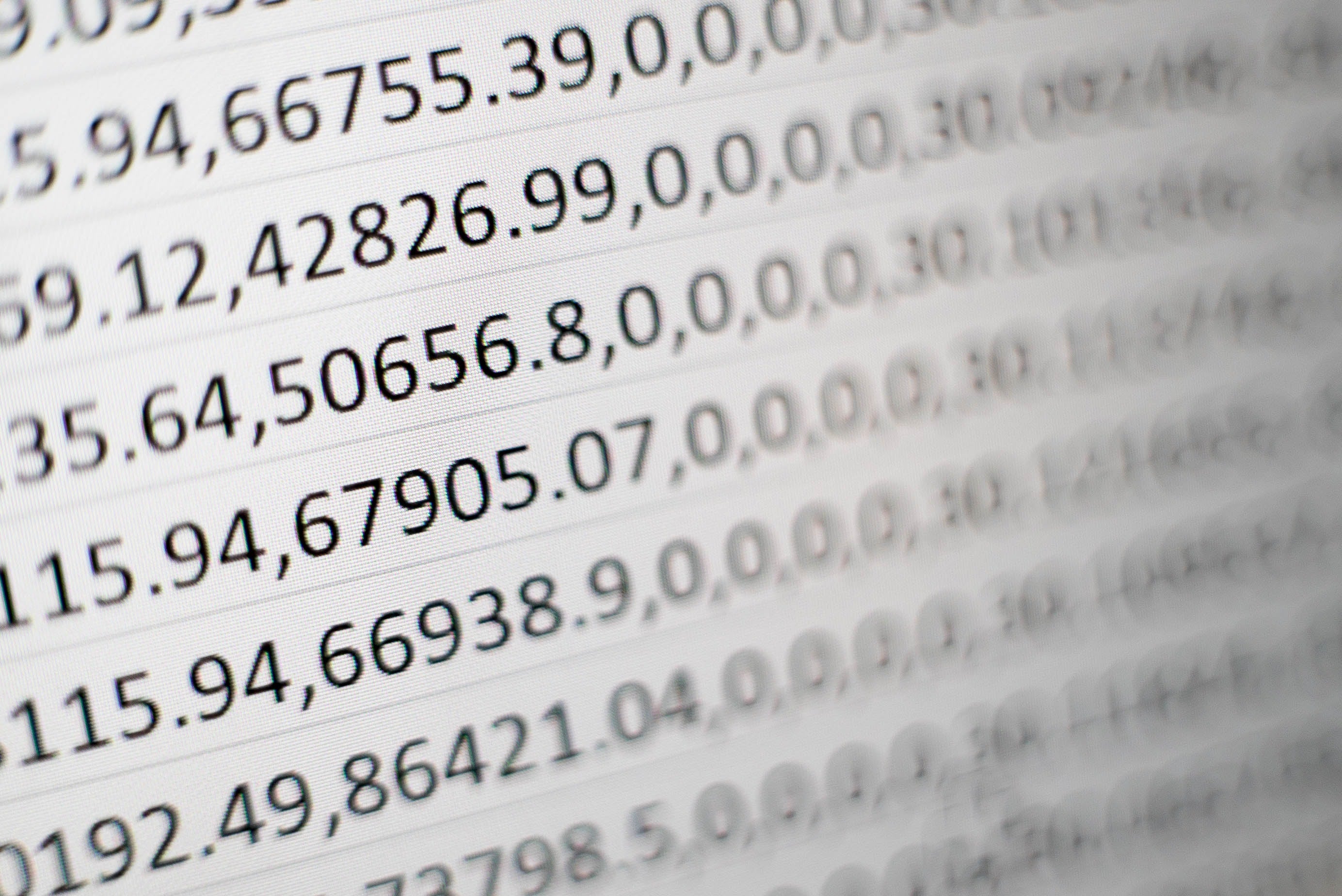My previous blog post on this topic assumed the reader base had historical values to pull from to calculate their personal breakeven. However, the content isn’t that useful if you don't have any of this historical information. In this blog, I will provide a model with some input values and walk though how to calculate your financial break even by using a few rough reference values. This post will help you hit the ground running and set you up well when making binding contractual decisions like purchasing a car or renting an apartment even if you don't have an exact idea of what your monthly income or expenses will be.
Step 1: Calculate your take home or after tax pay
The first step in determining your break even is to calculate your take home pay, this is the money that you actually will receive after you pay taxes on your income. While most employers will provide you with a salary figure, you must understand that your after tax take home pay can be significantly less than this, anywhere from 10% to 37% less. At this point let’s not consider any 401k contribution, pretax contributions to health spending accounts, or employee stock purchasing programs. As these decisions can be made in the future and are outside the scope of the blog. In order to determine your take home pay again on a monthly basis, use this calculator. This calculator does a good job of reminding us that most individuals will pay federal tax, in addition to, state tax (Unless you are the lucky few who reside in a state without income taxes like Texas or Florida). You will need to look up the state figure to use the calculator. Again just enter $0 for any of the HSA contributions or deductions.
This calculator will return the dollar value of each of your paychecks which you will multiply by the number of times you get paid in a month. For example, let’s use a salary of $100,000 and the New York State Tax Rate of 8.82%. This yields the following:
$2,926.06
We then multiply by 2 (the number of times I am paid a month) to form our monthly income.
$2,926.06 x 2 = $5,852.
This is simple enough
As a remember do not include any bonus or stock compensation in the calculator as inputs. You do not want to be selling stock to cover expenses (if you are even able to sell it), nor do you want to be using a bonus to fund your basic lifestyle. As a word of caution, recruiters can set the wrong expectation with new hires on bonus likelihood or payout and the last thing you want to do is set up your monthly budget to align to a number that you don’t actually receive.
Step 2: Calculate your anticipated expenses & savings rate
Now this is the much trickier part of the calculation as now we have to figure out how we are going to fit all of our monthly expenses within this monthly income number and make assumptions on the cost of each of our expense line items. As stated in a previous blog, you can loosely categorize your spend into a few categories for simplicity:
- Housing (Rent or Loan payments)
- Utilities (Water, Gas, Etc.)
- Phone Bill & Streaming/TV
- Discretionary Spend (Credit Card Bill)
- Car Payments & Car Expenses (Optional)
Step A: In order to perform this calculation let’s start with the small and inflexible components of the list. For 2 and 3 it is safe to assume that utilities are around $100 a month in an apartment in a major city. This can be refined depending on the city you live in and the living situation. Secondly, cellphone bill and cable are generally pretty consistent across the U.S. With Cable being roughly $70 and Cell phone bills generally costing $100 but insert your own figures if you have more specific ones to your situation.
Step B: The next thing that we need to calculate is discretionary spend and to do so effectively I will refer to this spreadsheet that I created to organize and calculate your projected budget. In future blog posts we can use this tool to refine our ability to track and understand our spend. As a matter of expectation setting, I always lean towards being conservative when building personal finance models. Things generally take longer and cost more than our initial expectations suggest . You want to make sure that deviations from your plan are mostly concentrated on the positive side. You do not want to be surprised if you are too aggressively low with some of your cost targets. I have used the following sub categories to define potential discretionary spend categories:
| Discretionary Spend Input Table | |
| 1 | Food |
| 2 | Social Spend (Bars, Activities, etc.) |
| 3 | Laundry |
| 4 | Clothes |
| 5 | Haircut |
| 6 | Health Spend (face wash, body wash, etc.) |
| 7 | Other Household Expenses |
| 8 | Other Transportation (Uber, etc.) |
| 9 | Subscriptions (Spotify, Magazines etc.) |
Within each of these categories I have provided a monthly spend value as well as a brief explanation. Please feel free to make a copy of the spreadsheet and tailor the values to your own expectations. Together the pre-seeded assumptions and inputs represent about $2,476 in monthly spend. This effectively represents the cost of a single individual living in a large city and from experience matches closely to my own credit card statement. With these figures accounted for, the only remaining calculations are Housing and Car payments.
Step C: In order to calculate the amount of money you will have to spend on Housing and a Car/Transportation, we need to first understand the maximum we can spend on these items in relation to our expected expenses. Calculation below:
Monthly Income: $5,892
Known Expenses: $2,746
- Housing (Rent or Loan payments) - Unknown
- Utilities (Water, Gas, Etc.) - $100
- Phone Bill & Cable - $170
- Discretionary Spend (Credit Card Bill) - $2,476
- Car Payments & Car Expenses - Unknown
Remainder = Monthly Income - Known Expenses = $5,892 - $2,746 = $3,146
Maximum Spend on Car and Housing = $3,146
Step D: Create a 20% savings buffer If possible before thinking about the remaining large fixed costs make sure to bake in a savings buffer. Generally speaking, financial advisors push 20% after tax savings guidance. For simplicity and that fact that everyone should position themselves to save, we will take this advice at face value. In this scenario perform the following calculation.
Remainder - Monthly Income x 20% = $3,146 - ($5,892 x 20%) = $1,968
This creates a window of spend that you should aim below if possible with the lower bound being $1,178 (saving 20%) and $3,146 (no expected savings). If you can fit your car and housing expenses below $1,178 a month you are saving >20% a month. Between $1,178 and $3,146 less than 20% and approaching zero. Anything more than $3,146 you can anticipate going into (further) debt.
Step E: Minimize Transportation Expenses
While it is hardly glamorous, it is important in the early stages of your financial path to try and minimize as much as possible your monthly spend on transportation. This doesn’t necessarily mean that you should purchase the cheapest car (we will touch on this in a separate blog), but it does mean that you should not look to spend extravagantly here because car ownership is simply an expense like anything else. Luckily in some large cities you may not need a car, making this line item simply zero in your calculations although you will have to compensate for this in your transportation costs within your discretionary spend model. This includes calculating bus or subway fares and the frequency with which you commute to the office. The current model does not go into detail here because this is material for a separate blog post, but as a matter of example we can refer to this MSRP $26,000 Honda Civic. Once we take the true cost of ownership and convert it to a monthly fee, we find that we can expect to spend $446 dollars per month. (Not included in this number is the cost of parking and expected tickets if street parking so we will capture that as $100 of additional cost). $546 dollars per month.
Spend Range: $1,178 (20% Savings) & $3,146 (0 Savings) without car
to $632 (20% Savings) & $2,600 (0 Savings) with car
Step F: Find a location that checks the important boxes but doesn’t leave you strapped for cash
So this leaves us with between $632 and $2600 to spend on accommodations including the car. While I will cover real estate purchases in detail in future blogs, it is important initially to choose a housing situation in which you can consistently pay your bills. There is no purpose in splurging here if it means sacrificing all your savings, going into debt, or having to trim materially from other aspects of your life. A popular option amongst city residents is to share accommodations by finding roommates to maximum your living accommodations while reducing the overall cost. In this situation, it is always better to have a little more cash in your pocket so long as your accommodations are in a safe/suitable location and the accommodations themselves are satisfactorily maintained.
Step 3: Iterate & Decide
As I am sure you have realized, this process allows for manipulation of the underlying inputs and discretionary decisions. While it may make sense to adjust these inputs to fit your personal situation it is also incredibly important to maintain their integrity. Don't expect to cut your food bill by 50% to fund your car purchase. Or set your savings expectation to $0. Make sure your inputs are realistic and conservative. As it pertains to housing and transportation, these are longer term commitments and can’t really be adjusted the same way that your month to month spend can, so it’s important to not overextend yourself on these purchases.
In the event that after you perform your calculations you are unable to save or think you will go into debt given all things considered it is important that you revisit the initial budget projection and take a harder look at your housing and transportation decisions and individual discretionary line items. As mentioned, there is some room for revisions, however if you are making deep cuts to the initial discretionary projections (the food budget is likely the area with the biggest wiggle room) to fund a car or housing purchase, you are likely over extending yourself and in need of resetting your expectations and the inputs to the model. For more information on what to do once you actually start saving money follow the link.
Citations:
1. “2020 Honda CIVIC: True Cost to Own.” Edmunds, www.edmunds.com/honda/civic/2020/cost-to-own/.
2. “Take-Home-Paycheck Calculator.” Calculator.net: Free Online Calculators - Math, Fitness, Finance, Science, 2021, www.calculator.net/take-home-pay-calculator.html?cannualincome=100000&cpayfrequency=Semi-monthly&cfilestatus=Single&cchildren=0&cotherdep=0&cnonjobincome=0&chelddeduction=0&cnothelddeduction=0&citemdeduction=0&chasotherjobincome=no&cjobincome2=0&cjobincome3=0&cstatetax=0&ccitytax=0&cselfemployed=no&printit=0&x=56&y=8.





Leave a comment
All comments are moderated before being published.
This site is protected by hCaptcha and the hCaptcha Privacy Policy and Terms of Service apply.